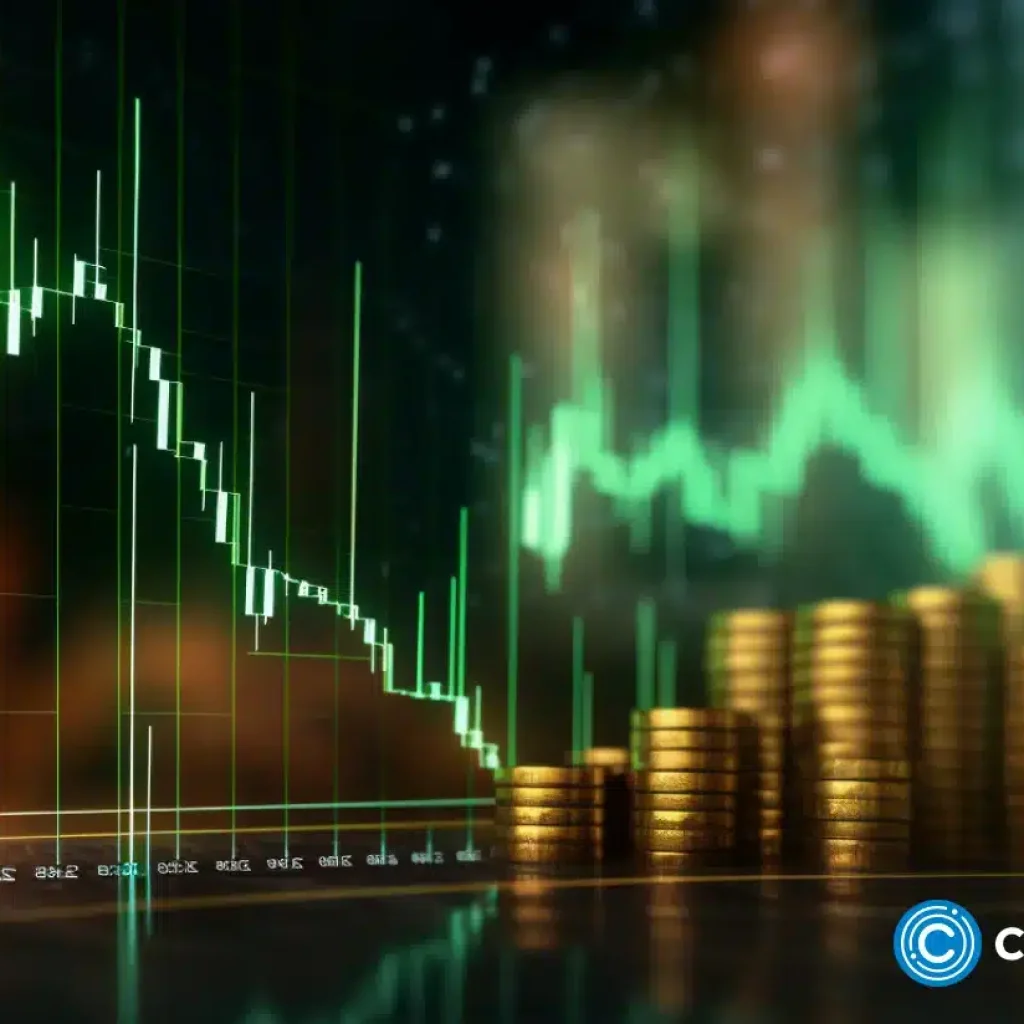The United States is knee-deep in an economic showdown, tackling inflation with a tenacity that echoes through the corridors of power from Washington to Wall Street. The fight isn’t just about numbers on a chart; it’s about real lives, real businesses, and the real economy. Amidst a backdrop of global financial recalibrations, where central banks across the globe managing 40% of the world’s economy are making pivotal decisions, the U.S. stands at a crossroads.
Central banks are not known for their rash decisions, and this time is no exception. Speculation is rife that Japan might hike its interest rates, stepping away from the negative rates that have become a staple in their economic policy. However, the U.S. is playing a different game, one of patience and precision. Policymakers are in no rush to cut the rates, opting to wait until the inflation beast is thoroughly tamed. This cautious approach might mean that the Federal Reserve’s previously expected timeline for interest rate adjustments could see a shift, keeping the rates steady for a longer duration than anticipated.
The Winds of Change in the U.S. Financial Landscape
As we inch closer to the Federal Reserve’s meetings, the air is thick with anticipation. Predictions are now leaning towards fewer cuts and a postponed start to easing policies than initially forecasted. This strategy of maintaining the current interest rates could spell significant impacts for the American populace and businesses, especially with the presidential election on the horizon, turning the state of the economy into a battleground for political points.
The betting rings of the financial markets are abuzz, eyeing the Fed’s mid-year meetings as the probable commencement of policy rate reductions. However, inflation’s stubborn persistence above the Fed’s 2% comfort zone is throwing a wrench in the works, pushing the potential for the first rate cut further into the year.
This climate of uncertainty is not without its cautionary voices. The rise in inflation readings over recent months, albeit slight, has raised eyebrows and questions. It suggests that getting inflation under control might require a firmer hand and a longer period of restrictive policies. This perspective is gaining traction among economic analysts, who are now recalibrating their expectations for rate cuts, suggesting a more conservative approach may be on the table.
Navigating Uncertainty: The Fed’s Delicate Balancing Act
The economic signals are mixed. On one hand, the U.S. economy shows signs of robustness, with unemployment rates remaining low and job creation on an upward trajectory. This strength provides a cushion, allowing the Fed the luxury of patience, a stance echoed by financial strategists who believe that a careful, measured approach to rate cuts is warranted.
Yet, the inflation numbers are not making this easy. The recent uptick in consumer price inflation is a reminder of the challenges that lie ahead in steering the economy towards the Fed’s inflation targets. This development is not lost on the nation’s top economists, who see it as a validation of the Fed’s cautious stance.
As we look towards the Federal Reserve’s upcoming announcements, the focus will not only be on the policy rate decisions but also on the broader economic projections. The balance sheet, a critical tool in the Fed’s arsenal, is another area where clarity is sought. Market participants are keenly awaiting guidance on when the Fed might begin to slow its balance sheet reductions, a move that could signal a new phase in the U.S.’s economic strategy.





